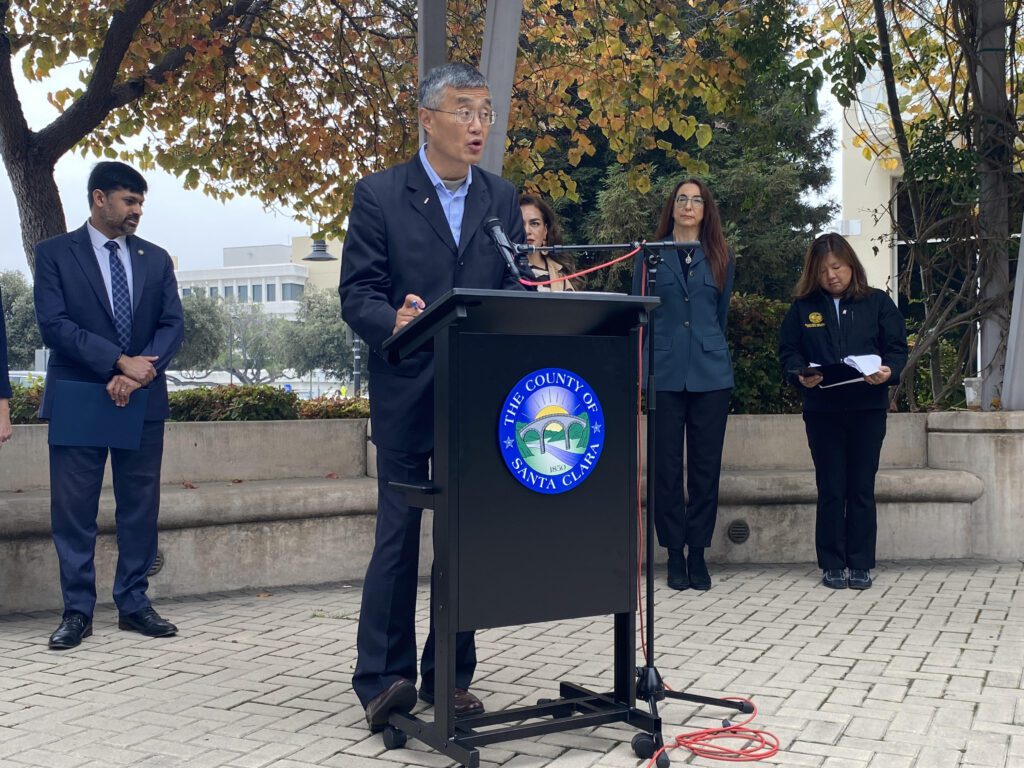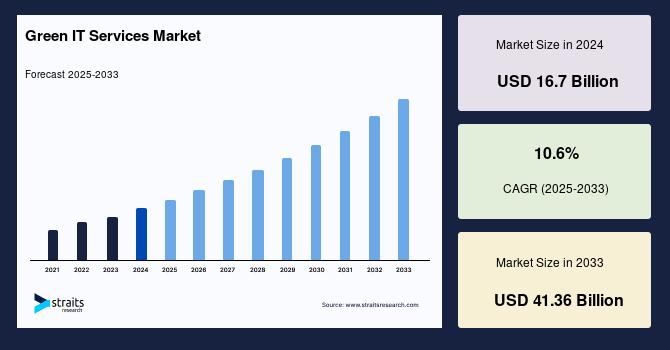New York becomes first state to commit to all-electric new buildings – Canary Media

Report on New York’s All-Electric Building Code and its Alignment with Sustainable Development Goals
Economic Impact and Contribution to SDG 7: Affordable and Clean Energy
A report commissioned by the New York State Energy Research and Development Authority indicates that the state’s new energy code, while increasing initial residential construction costs, is projected to be cost-effective over its lifecycle. This aligns with the objectives of SDG 7 (Affordable and Clean Energy) by promoting energy efficiency and reducing long-term costs for consumers.
- Households are expected to achieve an average savings of approximately $5,000 over a 30-year period.
- The savings are driven by a projected 17% reduction in overall energy consumption.
- The initial investment is expected to have a payback period of 10 years or less.
- Separate research from the New Buildings Institute (2022) found that all-electric single-family homes in New York can be about $8,000 less expensive to build than those requiring fossil-fuel infrastructure.
Public Health and Environmental Justice: Advancing SDG 3 and SDG 10
The transition to all-electric buildings is a significant measure for improving public health and addressing systemic inequities, directly supporting SDG 3 (Good Health and Well-being) and SDG 10 (Reduced Inequalities).
By eliminating the combustion of fossil fuels in furnaces, water heaters, and stoves, the code mitigates the release of harmful indoor and outdoor air pollutants. Key health benefits include:
- Reduction of pollutants such as carbon monoxide, particulate matter, benzene, and nitrogen oxides.
- Lowered risk of respiratory and cardiovascular diseases linked to poor air quality.
- Addressing a major health crisis, as fossil fuel use in New York buildings was linked to $21.7 billion in health impacts and nearly 2,000 premature deaths in 2017 alone.
Lonnie Portis of WE ACT for Environmental Justice noted that air pollution and climate change disproportionately affect low-income communities and communities of color. Therefore, the all-electric standard represents a “significant step forward for environmental and climate justice,” contributing to the goals of SDG 10.
Fostering Sustainable Communities and Climate Action: Supporting SDG 11 and SDG 13
The new regulations are foundational to creating more sustainable infrastructure and taking decisive climate action, in line with SDG 11 (Sustainable Cities and Communities) and SDG 13 (Climate Action).
The code mandates the use of cleaner technologies, such as heat pumps, in all new construction. According to Jay Best, CEO of Green Team Long Island, this establishes a new minimum legal standard that will “change people’s view of the technology” and help overcome public apprehension, thereby accelerating market adoption in both new and existing buildings. This policy fosters the development of resilient, safe, and sustainable housing. By phasing out fossil fuels from the building sector, the state takes a critical step in reducing greenhouse gas emissions and advancing its climate action targets.
Policy and Advocacy
The implementation of the All-Electric Buildings Act into state code was achieved despite significant opposition. Alex Beauchamp of Food & Water Watch described the legislative effort as a “David-and-Goliath” victory against a coalition of powerful interests, including:
- Fossil-fuel companies
- Gas utilities
- Large real estate firms
This success highlights the effectiveness of grassroots community organizing in advancing policies that promote sustainable development and serves as a model for future efforts to decarbonize all existing buildings in the state.
Which SDGs are addressed or connected to the issues highlighted in the article?
- SDG 3: Good Health and Well-being: The article directly links the use of fossil fuels in buildings to negative health outcomes, such as respiratory issues and premature deaths, and highlights how the new all-electric code will improve air quality.
- SDG 7: Affordable and Clean Energy: The core of the article discusses a new energy code that promotes energy efficiency (“17% reduction in energy use”), clean energy technology (all-electric buildings, heat pumps), and affordability (lower energy bills).
- SDG 10: Reduced Inequalities: The article points out that the negative impacts of air pollution and climate change disproportionately affect low-income communities and communities of color, framing the new code as a step towards “environmental and climate justice.”
- SDG 11: Sustainable Cities and Communities: The new building code is a measure to make urban development more sustainable by reducing the environmental impact of buildings, specifically by improving air quality and making housing more energy-efficient.
- SDG 13: Climate Action: The entire initiative described in the article, the “All-Electric Buildings Act,” is a direct climate action policy aimed at reducing reliance on fossil fuels and decarbonizing the building sector.
What specific targets under those SDGs can be identified based on the article’s content?
-
SDG 3: Good Health and Well-being
- Target 3.9: By 2030, substantially reduce the number of deaths and illnesses from hazardous chemicals and air, water and soil pollution and contamination.
Explanation: The article supports this target by explaining that the all-electric code will “improve air quality by reducing reliance on fossil-fuel-fired” appliances that spew harmful byproducts like “carbon monoxide, particulate matter, benzene, nitrogen oxides.” It explicitly quantifies the problem the code addresses, citing that in 2017, fossil fuel use in New York buildings led to “nearly 2,000 premature deaths.”
- Target 3.9: By 2030, substantially reduce the number of deaths and illnesses from hazardous chemicals and air, water and soil pollution and contamination.
-
SDG 7: Affordable and Clean Energy
- Target 7.1: By 2030, ensure universal access to affordable, reliable and modern energy services.
Explanation: The article connects to this target by highlighting how the new code will “lower energy bills substantially for homeowners and renters,” making energy more affordable. It also notes that all-electric construction can be cheaper, costing about “$8,000 less” for a single-family home, which improves the affordability of modern energy infrastructure. - Target 7.3: By 2030, double the global rate of improvement in energy efficiency.
Explanation: This target is directly addressed by the article’s statement that over 30 years, the new code is expected to lead to a “17% reduction in energy use” for households. This is a clear measure of improved energy efficiency.
- Target 7.1: By 2030, ensure universal access to affordable, reliable and modern energy services.
-
SDG 10: Reduced Inequalities
- Target 10.2: By 2030, empower and promote the social, economic and political inclusion of all…
Explanation: The article identifies that “air pollution and climate change disproportionately impact low-income communities and communities of color.” The policy is presented as a tool for “environmental and climate justice,” thereby aiming to reduce the unequal health and environmental burdens placed on these communities.
- Target 10.2: By 2030, empower and promote the social, economic and political inclusion of all…
-
SDG 11: Sustainable Cities and Communities
- Target 11.6: By 2030, reduce the adverse per capita environmental impact of cities, including by paying special attention to air quality…
Explanation: The new building code is a policy designed to reduce the environmental impact of buildings within cities. The article emphasizes that the “all-electric code will improve air quality” by eliminating the source of indoor and local pollutants like “particulate matter,” directly aligning with this target’s focus.
- Target 11.6: By 2030, reduce the adverse per capita environmental impact of cities, including by paying special attention to air quality…
-
SDG 13: Climate Action
- Target 13.2: Integrate climate change measures into national policies, strategies and planning.
Explanation: The article describes the “All-Electric Buildings Act” and its implementation into the “state’s new energy code” as a significant policy victory. This is a direct example of integrating climate change mitigation measures into state-level policy and planning, with the ultimate goal to “get fossil fuels out of all the existing buildings in the state.”
- Target 13.2: Integrate climate change measures into national policies, strategies and planning.
Are there any indicators mentioned or implied in the article that can be used to measure progress towards the identified targets?
-
For SDG 3 (Good Health and Well-being)
- Indicator 3.9.1 (Implied): Mortality rate attributed to household and ambient air pollution.
Explanation: The article provides a baseline figure that can be used for measurement: “nearly 2,000 premature deaths” in 2017 were caused by fossil fuel use in New York buildings. Progress could be measured by the reduction in this number in subsequent years. It also mentions “$21.7 billion in health impacts,” which is a financial indicator of the health burden.
- Indicator 3.9.1 (Implied): Mortality rate attributed to household and ambient air pollution.
-
For SDG 7 (Affordable and Clean Energy)
- Indicator 7.1.2 (Implied): Proportion of population with primary reliance on clean fuels and technology.
Explanation: The article discusses the push for “all-electric” buildings and the adoption of “heat pumps,” which are clean technologies. The rate of adoption of these technologies in new and existing homes would serve as a direct indicator of progress. - Indicator 7.3.1 (Implied): Energy intensity measured in terms of primary energy.
Explanation: The article provides a specific metric for improved energy efficiency: a “17% reduction in energy use.” This percentage serves as a direct, quantifiable indicator of progress toward greater energy efficiency at the household level.
- Indicator 7.1.2 (Implied): Proportion of population with primary reliance on clean fuels and technology.
-
For SDG 11 (Sustainable Cities and Communities)
- Indicator 11.6.2 (Implied): Annual mean levels of fine particulate matter (e.g., PM2.5) in cities (population-weighted).
Explanation: The article explicitly states that conventional appliances spew “particulate matter” and that the new code will reduce this. Therefore, measuring the levels of particulate matter in residential areas would be a direct way to track the progress of this policy.
- Indicator 11.6.2 (Implied): Annual mean levels of fine particulate matter (e.g., PM2.5) in cities (population-weighted).
SDGs, Targets and Indicators Table
| SDGs | Targets | Indicators Identified in the Article (Mentioned or Implied) |
|---|---|---|
| SDG 3: Good Health and Well-being | 3.9: Substantially reduce deaths and illnesses from pollution and contamination. | Reduction in the number of premature deaths (Baseline: “nearly 2,000” in 2017); Reduction in financial health impacts (Baseline: “$21.7 billion”). |
| SDG 7: Affordable and Clean Energy | 7.1: Ensure universal access to affordable, reliable and modern energy. | Reduction in household energy bills (Projection: “$5,000” savings over 30 years); Adoption rate of clean technologies like heat pumps. |
| 7.3: Double the rate of improvement in energy efficiency. | Percentage reduction in household energy use (Projection: “17% reduction”). | |
| SDG 10: Reduced Inequalities | 10.2: Empower and promote social, economic and political inclusion of all. | Qualitative assessment of reduced environmental burden on “low-income communities and communities of color.” |
| SDG 11: Sustainable Cities and Communities | 11.6: Reduce the adverse per capita environmental impact of cities, paying special attention to air quality. | Reduction in levels of specific air pollutants like “particulate matter” in residential areas. |
| SDG 13: Climate Action | 13.2: Integrate climate change measures into policies, strategies and planning. | Implementation of the “All-Electric Buildings Act” into the state’s energy code. |
Source: canarymedia.com

What is Your Reaction?
 Like
0
Like
0
 Dislike
0
Dislike
0
 Love
0
Love
0
 Funny
0
Funny
0
 Angry
0
Angry
0
 Sad
0
Sad
0
 Wow
0
Wow
0



























;Resize=805#)




















































